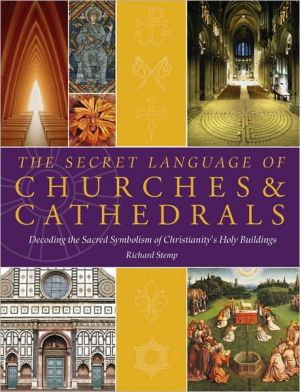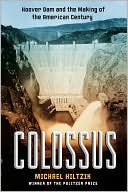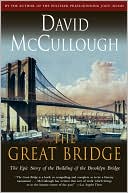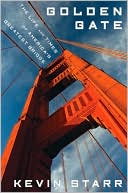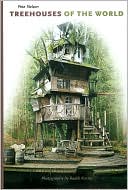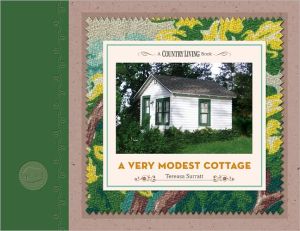The Secret Language of Churches & Cathedrals: Decoding the Sacred Symbolism of Christianity's Holy Buildings
Thanks to books and films like The Da Vinci Code and its sequel, Angels and Demons, interest in secret religious symbols has never been greater. This carefully researched guide takes the reader into some of the world's most famous churches, decoding messages that are hidden in plain sight-in stained-glass windows, statuary, patterned flooring, ornamentation, and even the buildings' architectural design: Why do fierce beasts and grotesque faces peer from the walls? Who chose to depict one...
Search in google:
Thanks to books and films like The Da Vinci Code and its sequel, Angels and Demons, interest in secret religious symbols has never been greater. This carefully researched guide takes the reader into some of the world's most famous churches, decoding messages that are hidden in plain sight-in stained-glass windows, statuary, patterned flooring, ornamentation, and even the buildings' architectural design: Why do fierce beasts and grotesque faces peer from the walls? Who chose to depict one particular saint and not another? What's the significance of an eagle? A dragon? A pelican? No one who reads this book will ever again experience a visit to a cathedral in quite the same way.Library JournalLondoner Stemp here follows the format of his The Secret Language of the Renaissance, beginning with introductory sections on cathedral architecture, iconography (including considerable Christian theology), and history interspersed with examples and buttressed by colorful collages of photos, illustrations, and callouts on nearly every page. The book comes to life with detailed explanations of dozens of wide-ranging examples of cathedral features such as Ravenna's Maximian cathedra; the tomb of William the Silent in Delft, Netherlands; London's Demidoff Altarpiece; and the stained-glass window Mystic Mill in Bern, Switzerland. Roman Catholic, Anglican, and other Protestant variations are often noted. Despite the subtitle's nod to Dan Brown, the general information sections are mostly standard cathedral culture fare. The history section concludes with eclectic modern structures, including Basil Spence's Coventry Cathedral (England), Oscar Niemeyer's Brasília cathedral (Brazil), and Philip Johnson's Crystal Cathedral (Orange County, CA). VERDICT Geared to a general audience and packed with solid information, photos, and zesty graphics, this reasonably priced offering is better for browsing by topic or structure than reading from cover to cover.—Russell T. Clement, Northwestern Univ. Lib., Evanston, IL
\ Library JournalLondoner Stemp here follows the format of his The Secret Language of the Renaissance, beginning with introductory sections on cathedral architecture, iconography (including considerable Christian theology), and history interspersed with examples and buttressed by colorful collages of photos, illustrations, and callouts on nearly every page. The book comes to life with detailed explanations of dozens of wide-ranging examples of cathedral features such as Ravenna's Maximian cathedra; the tomb of William the Silent in Delft, Netherlands; London's Demidoff Altarpiece; and the stained-glass window Mystic Mill in Bern, Switzerland. Roman Catholic, Anglican, and other Protestant variations are often noted. Despite the subtitle's nod to Dan Brown, the general information sections are mostly standard cathedral culture fare. The history section concludes with eclectic modern structures, including Basil Spence's Coventry Cathedral (England), Oscar Niemeyer's Brasília cathedral (Brazil), and Philip Johnson's Crystal Cathedral (Orange County, CA). VERDICT Geared to a general audience and packed with solid information, photos, and zesty graphics, this reasonably priced offering is better for browsing by topic or structure than reading from cover to cover.—Russell T. Clement, Northwestern Univ. Lib., Evanston, IL\ \
